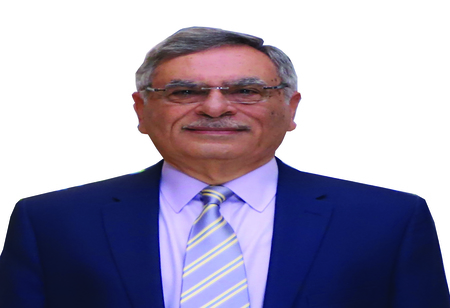
Can High Humidity and Ventilation Help Slow the Spread of Coronavirus in India?


By Ashwini Mehra, Executive Secretary, ISHRAE, 0
The size of a coronavirus particle is in the range of 80-160 nanometers, and can be transferred by infected microscopic airborne particles and contaminated aerosol droplets. In fact, high relative humidity, which implies higher moisture content in the air, has been found to slow down the effect of the virus. In such situations, the moisture settles down the particulate matter and does not provide the virus a nucleus to settle on and remain airborne for long.
The human body has excellent protection systems and moisture in the air helps in trapping foreign particles in the nasal passage. In fact, research has shown that high relative humidity of 80 percent and above can significantly neutralize the COVID-19 virus. However, high humid conditions can be uncomfortable for most people if the ambient temp is high.
Taking all this into consideration, ISHRAE (Indian Society of Heating, Refrigerating and Air Conditioning Engineers) has recently issued Guidelines that recommend setting the room temperature between 24°C and 30°C, while keeping the humidity level between 40 percent and 70 percent. It’s also recommended that natural or mechanical ventilation be provided to have good outside air inflow which helps in air changes which is critical in multi-occupant public spaces. It’s worthwhile to carefully follow the ISHRAE guidelines when switching on and maintaining the air conditioning systems. These guidelines cover buildings from the residential, commercial, healthcare and industrial sectors.
We must accept the fact that COVID-19 is here to stay and we have to learn to live with it without sacrificing the pursuit of livelihoods
CPWD, a government body, has accepted these guidelines and asked their field offices to implement the same. In fact, the Refrigeration and Air Conditioning Association (RAMA) has also endorsed ISHRAE guidelines, thus validating the same from industry viewpoint.
In fact, the Guidelines also offer suggestions for commercial establishments and industrial facilities that have multiple occupancy as well as transient visitors. It is this aspect that necessitates precaution in operating their air conditioning systems. For the purpose of Guidance for operation during a Pandemic like COVID-19, Air Conditioning is categorized based on the types of Indoor Units installed: (these indoor units may be connected via refrigerant or chilled water pipes to DX Outdoor Units, VRF Outdoor Units or a Chiller). Thus, the best action to limit risk of COVID-19 infection by air is to ventilate indoor environments with outdoor air as much as possible. Mechanical ventilation systems and air conditioning systems, which provide ventilation, can perform this function more effectively as compared to opening the windows, because they improve the quality of the outdoor air with constant filtration.
Finally, we must accept the fact that COVID-19 is here to stay and we have to learn to live with it, without sacrificing the pursuit of livelihoods – so vital in air conditioned and ventilated spaces for offices and factories.
The Indian Society of Heating, Refrigerating and Air Conditioning Engineers (ISHRAE), was founded in 1981 at New Delhi by a group of eminent HVAC&R professionals. ISHRAE today has more than 28,000 HVAC&R professionals and Student-members. ISHRAE operates from 43 Chapters and sub Chapters spread all over India, with HQ in Delhi. It is led by a team of elected officers, who are members of the Society, working on a voluntary basis, and collectively called the Board of Governors.